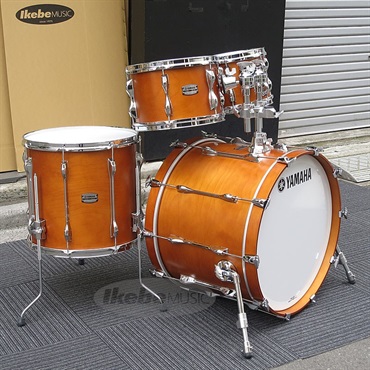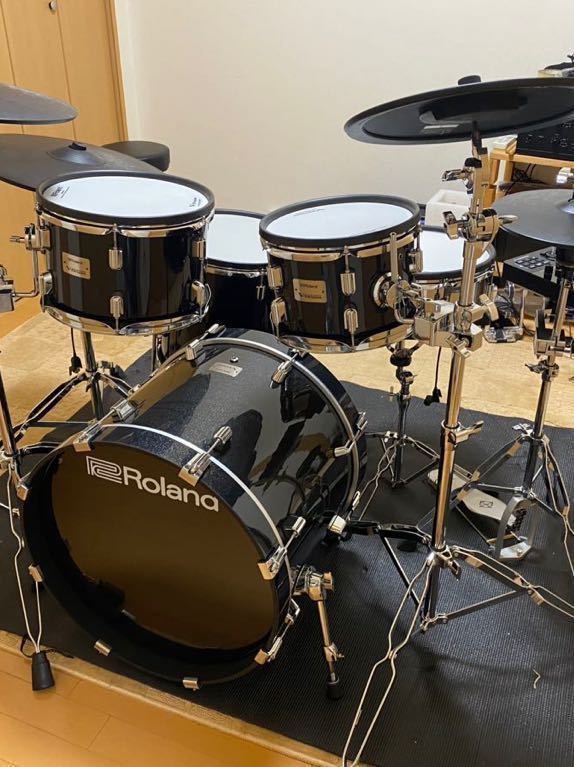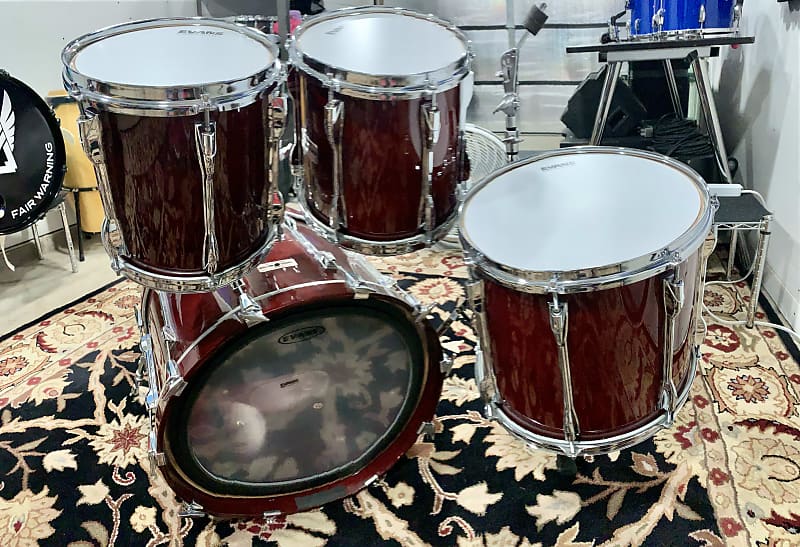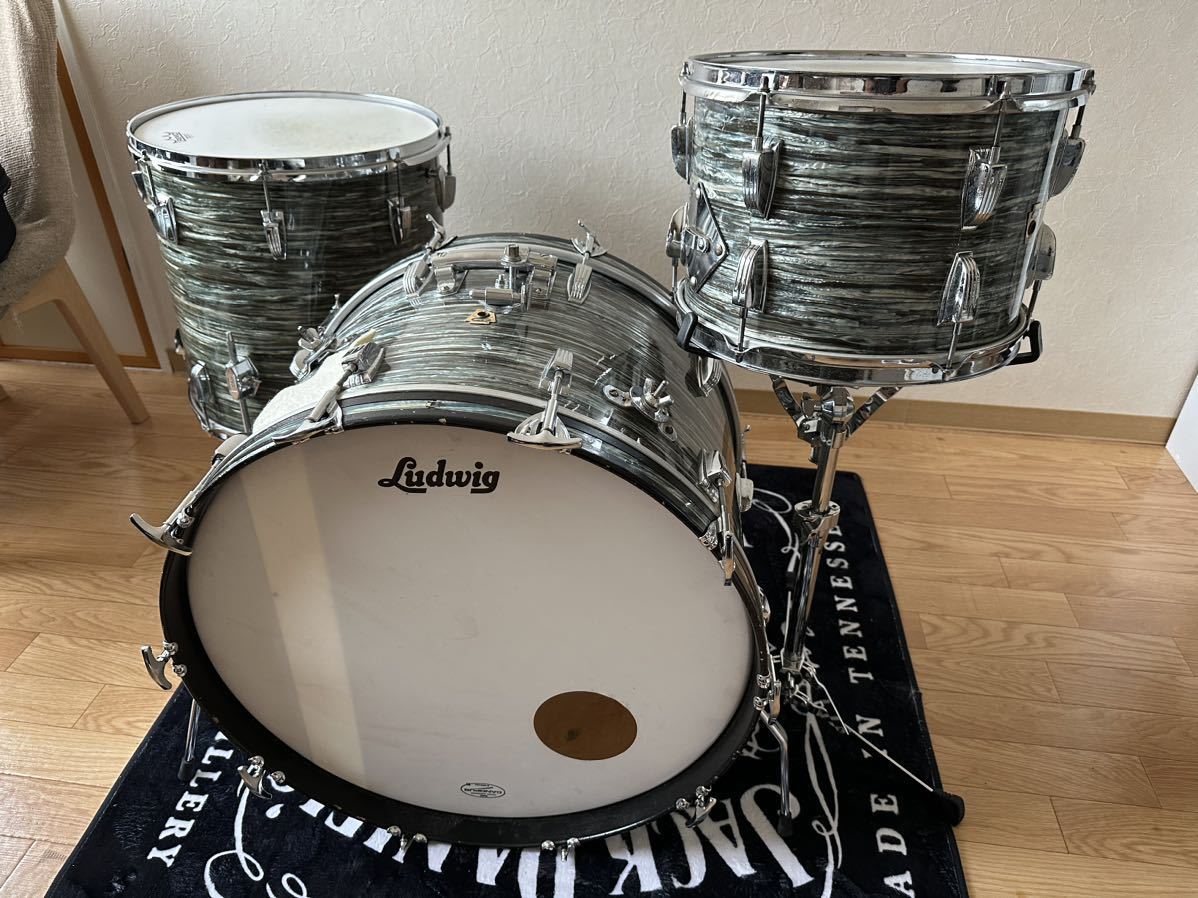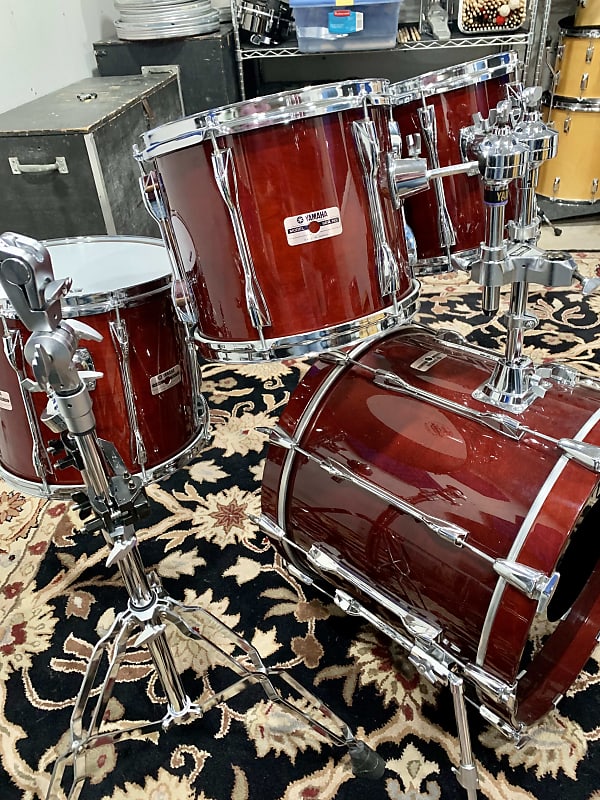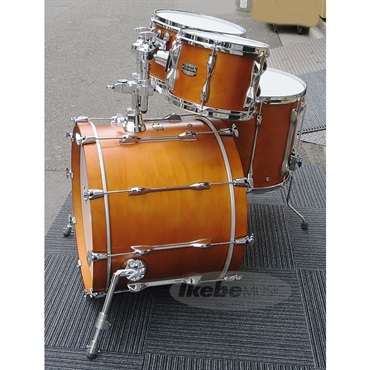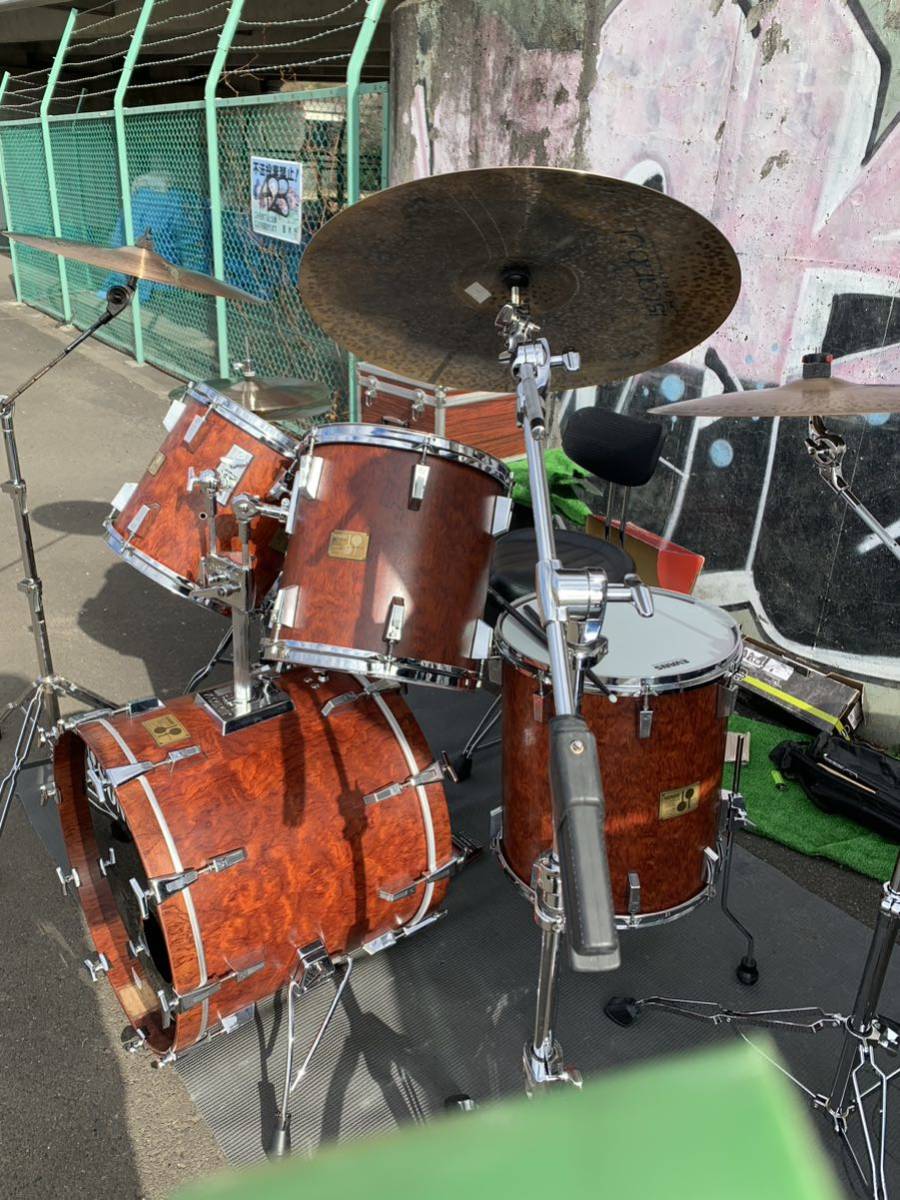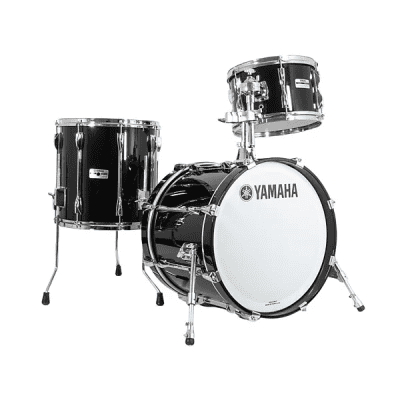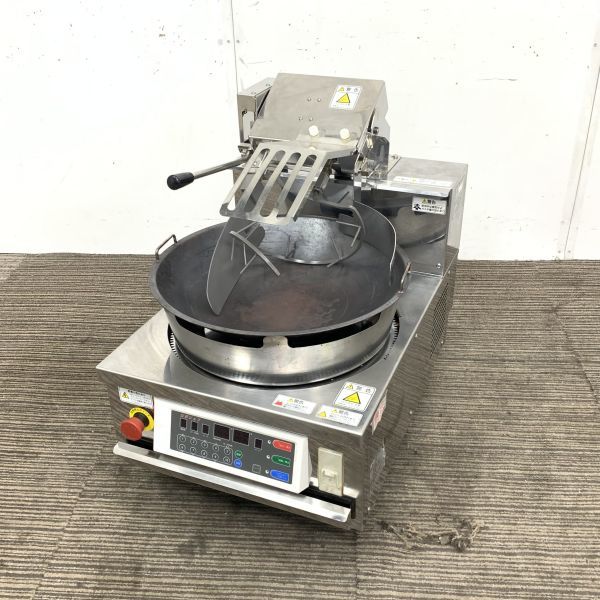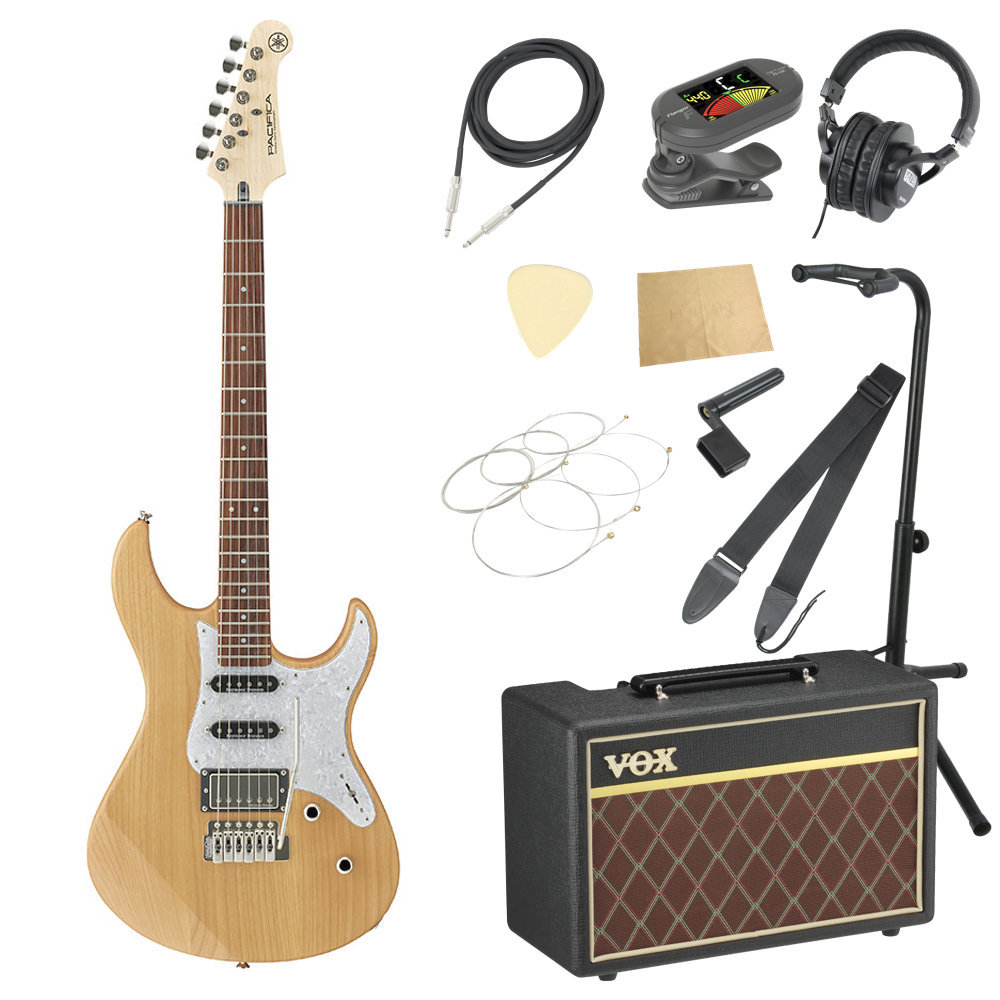【GATEWAY特選】YAMAHA / 80´s RECORDING CUSTOM 4点セット
(税込) 送料込み
商品の説明
商品説明
■商品名:【GATEWAY特選中古】YAMAHA / 80"s RECORDING CUSTOM 4点セット
■カテゴリー
ドラム、中古、ドラムセット、ヤマハ、レコーディングカスタム、レコカス、スティーブ・ガッド、シティポップ、
■シェル:バーチシェルTT&FT/6PLY、BD/7PLY
■サイズ:22x18BD、12x10、13x11TT、16x16FT
■カラー:ソリッドブラック
■付属品:ダブルタムホルダー、FT脚
■音量:小 ☆★★★☆ 大
■音質:柔 ☆☆★★★ 硬
■音域:狭 ☆★★★☆ 広
■反応:悪 ☆☆★★★ 良
■明るさ:暗 ☆★★★☆ 明
外観★★★☆☆
当店にてオーバーホール済みです。
使用には問題ありませんが、タム類(80年代前半)とフロア&バスドラム(80年代後半~90年代)の年式が異なります。
タム類の方が年式が少し古いですが、こちらの方が傷も少なく良好な状態です。
バスドラムは、フロントフープが社外品になります。
その他は全てオリジナルですが、シェルの天面には、深胴タムとの干渉で傷がついてしまったと思われる傷や塗装の剥げが目立ちます。
フロアタムも傷や塗装の剥げ等が多少見られます。脚は3本とも社外品になります(恐らくPEARL)が、固定は問題ありません。
サウンド面では太鼓判を押しますが、こういった内容の為お買い得です。
でも、プレイヤーズコンディションという事で使用には全く問題ありませんよ!
サウンド★★★★★
日本が世界に誇る歴史的な名器、ヤマハのレコーディングカスタム!!当時はありとあらゆるサイズが設定されていましたが、これは深胴タムと深胴キックという組み合わせのエイティーズ仕様ですね♪あの当時のシティポップとか、まさにドンズバな音色じゃないでしょうか!!?胴も深いけど音も深い♪素晴らしい音色です♪アメリカのタイコみたいにバンバン鳴る訳じゃないし、SONORみたいな高級な音とも違う。
この独特の説得力というかなんというか。。上品で鳴らしやすいんだけど、アコースティックにもロックな環境にも相性が良くて、本当にクロスオーバーに楽しめる良く出来た楽器だなと感心してしまう絶品のドラムキットです♪
スティーブ・ガッドが愛用したことで80年代当時も一世風靡だったので、大人のドラマーの方には今でも馴染み深いのではないでしょうか。
2000年代以降は敬遠されがちな深胴仕様のドラムキットですが、2023年現在、新品で発売されるドラムはキックだけ深胴設定のものも多く、むしろドラムサウンドのトレンドとしてはこの頃の音色に回帰しているかもしれません。
タムが深胴だとセッティングの自由度では確かにちょっとストレスになる場面もありますが、サウンドとしては、アリアリのアリです♪
ヘッド★☆☆☆☆
ヘッド類は、かなりくたびれています。。。 本領発揮のためには、、できればタムとフロアだけでも両面張替てあげてください。。
TT&FT打面:REMOピンストクリア
TT&FT打面:クリアヘッド
BD打面:REMOパワーストローク3クリア
BDフロント:YAMAHA REMOエボニー
年式★☆☆☆☆
タム:80年代前半
フロア&キック:80年代後半~90年代
総評★★★★★
ハイグレードなジャパンビンテージが久々の入荷!!
泣く子も黙る、ヤマハのレコカス様です♪
深胴のドラムキットの入荷自体も実は久しぶりなんですが、コレはかなりアリだなぁ。と今改めてその魅力の虜になってしまう説得力!
80年代当時、日本は昭和から平成にかけてのバンドブームの頃でしょうか。その頃は世界的にも深い胴のドラムが大流行していたんですね。
その前の時代とはまた違った音楽が沢山生まれて、トラディショナルでアコースティックな音だけでなく、新しい音楽の誕生と共に電子楽器との相性やバランスなども含めてドラムサウンドもどんどん進化していた時代です。
口径を大きくするんじゃなくて、胴を深くしてみようと思った発想がスゴイですよね。
口径を大きくすると聴感上のピッチは下がりますが、確かにちょっとレスポンスやタイトさは損なわれる部分もあります。
それを深胴シェルにすることで解消し、その口径の締まりのある響きをベースにさらにブーストされた音色が得られるという事なんでしょう。
全盛期は、サイコロサイズ(口径x深さが同じ)という超深胴という設定もありましたが、そうなるともうサイズ違いのフロアタムを並べている感覚ですね^^;
という事で、エイティーズの説得力をぜひご堪能ください♪
追伸(笑)
今既に深胴タムの扱いに困っている。。。シェルをカットしてみようかな。。とご検討中の方は、今一度本気の深胴サウンドを検証してみてもイイかもしれません。
意外とアリかもですよ^^
商品についてのお問い合わせはコチラ
※商品は店頭でも同時販売しております。
常に最新の情報を掲載できるように努力しておりますが、
多少の時間差や入れ違いにより販売済みとなってしまう可能性もございますので、
何卒ご理解の程、どうぞよろしくお願いいたします。
※店頭での受け取りも歓迎です。
■店舗住所
DRUMS PROSHOP GATEWAY
https://gatewaydrumline.com
〒168-0082
東京都杉並区久我山5-24-31
TEL:03-6671-5998 / FAX:03-5370-9344
営業時間/11:00~21:00 日曜祝日は11:00~19:00
火曜定休
※営業時間外、定休日、その他夏季・年末年始休業中は、
休業日明けの営業時間内に対応させて頂きます。ご了承ください。
※当店では打楽器のメンテナンス、リペア、カスタムも承っております。
→ GATEWAY リペア参考例価格一覧
お気軽にご相談・お問い合わせください。82280円【GATEWAY特選】YAMAHA / 80´s RECORDING CUSTOM 4点セットホビー、カルチャー楽器、器材ヤマハ | Recording Custom Wood - スネアドラム - 概要【GATEWAY特選中古】YAMAHA / 80's RECORDING CUSTOM 4点セット【送料目安:XL】 - GATEWAY WEB SHOP
【GATEWAY特選中古】YAMAHA / 80's RECORDING CUSTOM 4点セット【送料目安:XL】 - GATEWAY WEB SHOP
【GATEWAY特選中古】YAMAHA / 80's RECORDING CUSTOM 4点セット【送料目安:XL】 - GATEWAY WEB SHOP
【GATEWAY特選中古】YAMAHA / 80's RECORDING CUSTOM 4点セット【送料目安:XL】 - GATEWAY WEB SHOP
中古】 YAMAHA / RECORDING CUSTOM SET 【梅田店】 | イシバシ楽器
ヤマハ | Recording Custom - ドラムセット - 概要
YAMAHA Recording Custom 4pc Drum Set [RBP6F3RW + RBB2216RW] 【BD22
Yamaha Recording Custom 4pc Shell Pack 1982 - 1991 | Reverb
Yamaha Recording Custom 4pc Shell Pack 1982 - 1991 | Reverb
1980'S YAMAHA RECORDING CUSTOM 4-PIECE SHELLS | Sam Adato's Drum Shop
ヤマハ | Recording Custom Wood - スネアドラム - 概要
Yamaha Recording Custom 4pc Shell Pack 1982 - 1991 | Reverb
ヤマハ | Recording Custom - ドラムセット - 概要
YAMAHA Recording Custom 4pc Drum Set [RBP6F3RW + RBB2216RW] 【BD22
80's Yamaha Recording Custom
ヤマハ | Recording Custom Wood - スネアドラム - 概要
ヤマハ | Recording Custom - ドラムセット - 概要
ヤフオク! -「ドラムセット)」の落札相場・落札価格
YAMAHA Recording Custom 4pc Drum Set [RBP6F3RW +
ヤマハ | Recording Custom - ドラムセット - 概要
ヤマハ | Recording Custom Wood - スネアドラム - 概要
ヤフオク! -「ドラムセット)」の落札相場・落札価格
Yamaha Recording Custom 4pc Shell Pack 1982 - 1991 | Reverb
中古】 YAMAHA / RECORDING CUSTOM SET 【梅田店】 | イシバシ楽器
ヤフオク! -「ドラムセット)」の落札相場・落札価格
ヤマハ | Recording Custom - ドラムセット - 概要
ヤマハ | Recording Custom - ドラムセット - 概要
Yamaha Recording Custom 4pc Shell Pack 1982 - 1991 | Reverb
Yamaha Recording Custom 4pc Shell Pack 1982 - 1991 | Reverb
ヤマハ | Recording Custom - ドラムセット - 概要
Yamaha Recording Custom 4pc Shell Pack 1982 - 1991 | Reverb
ヤマハ | Recording Custom Wood - スネアドラム - 概要
YAMAHA Recording Custom 4pc Drum Set [RBP6F3RW +
ヤマハ | Recording Custom - ドラムセット - 概要
ヤフオク! -「ドラムセット)」の落札相場・落札価格
中古】 YAMAHA / RECORDING CUSTOM SET 【梅田店】 | イシバシ楽器
ヤフオク! -「ドラムセット)」の落札相場・落札価格
中古】 YAMAHA / RECORDING CUSTOM SET 【梅田店】 | イシバシ楽器
80's Yamaha Recording Custom - YouTube
Yamaha Recording Custom 4pc Shell Pack 1982 - 1991 | Reverb
商品の情報
メルカリ安心への取り組み
お金は事務局に支払われ、評価後に振り込まれます
出品者
スピード発送
この出品者は平均24時間以内に発送しています

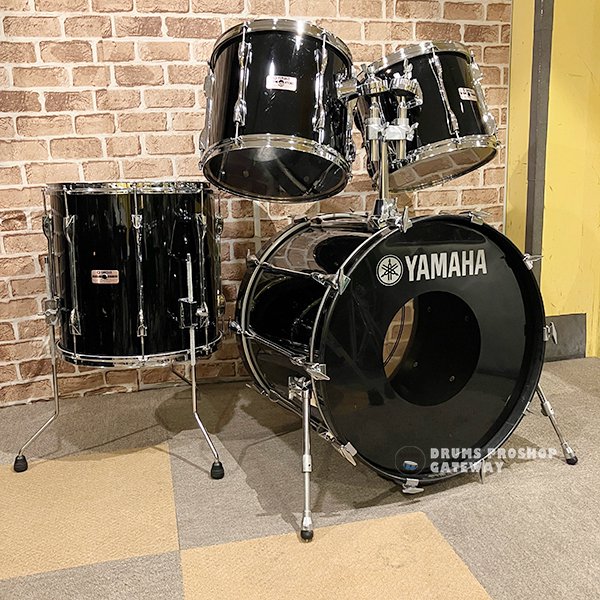
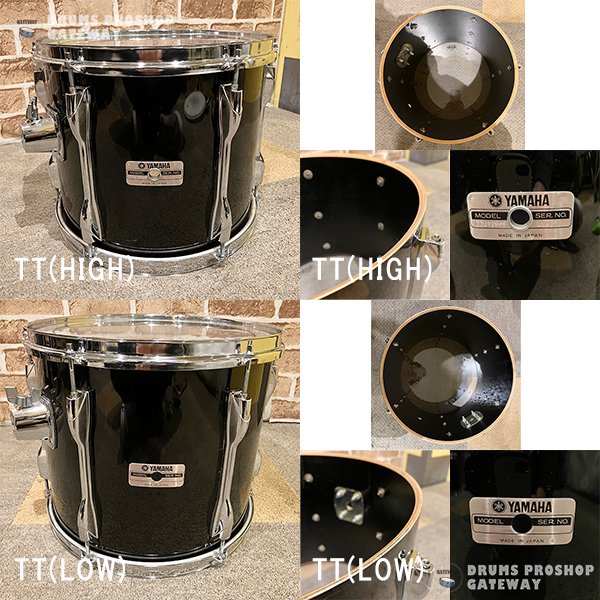
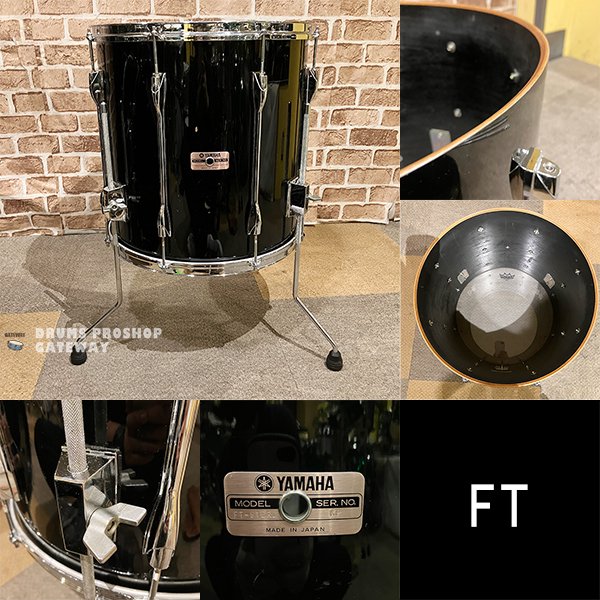
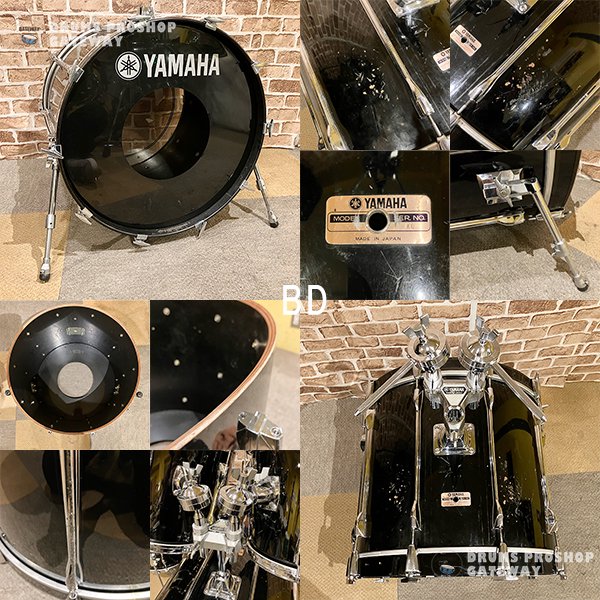


![YAMAHA Recording Custom 4pc Drum Set [RBP6F3RW + RBB2216RW] 【BD22](https://www.ikebe-gakki.com/Contents/ProductImages/0/462100_LL.jpg)
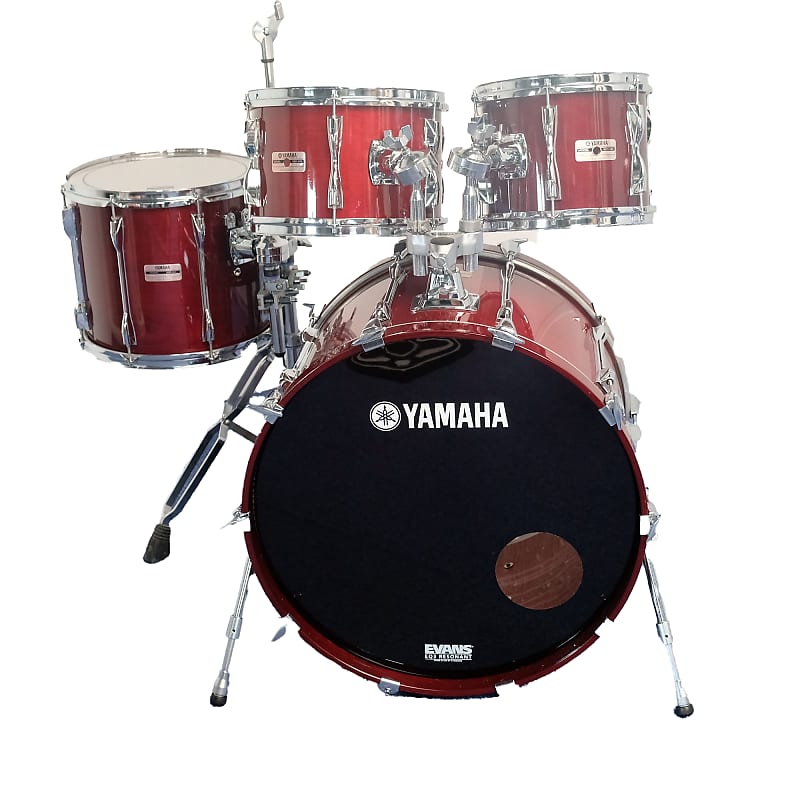
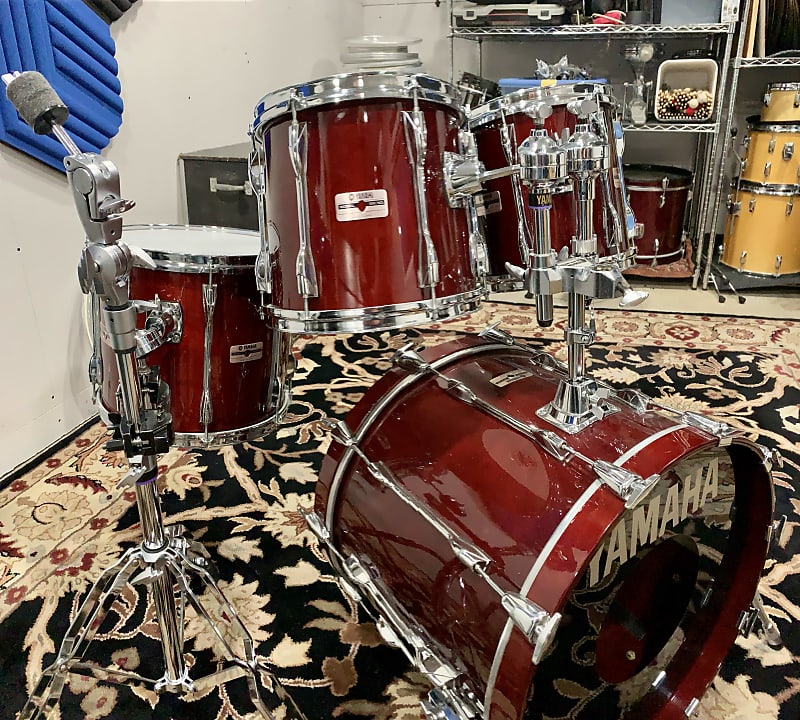
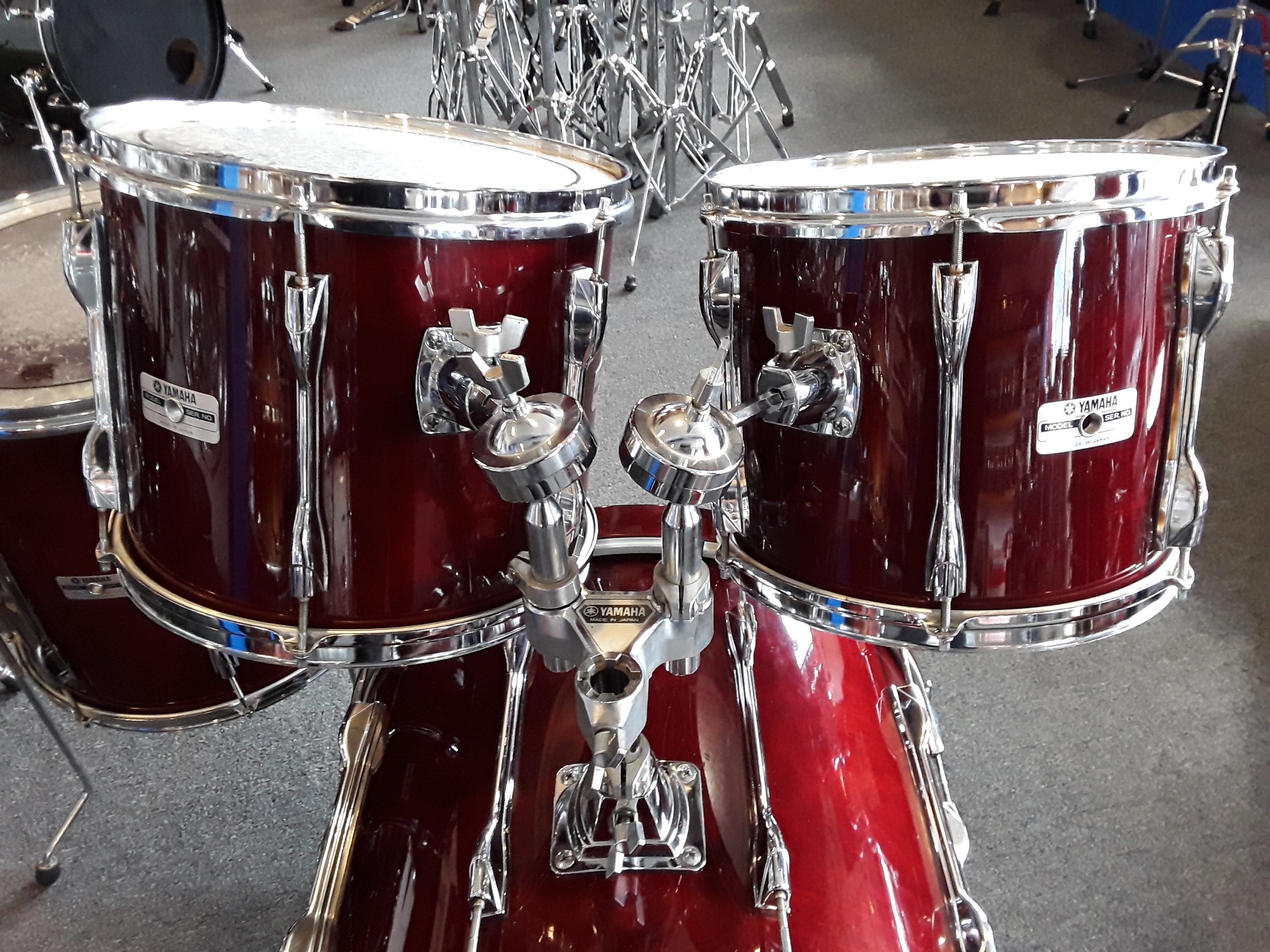

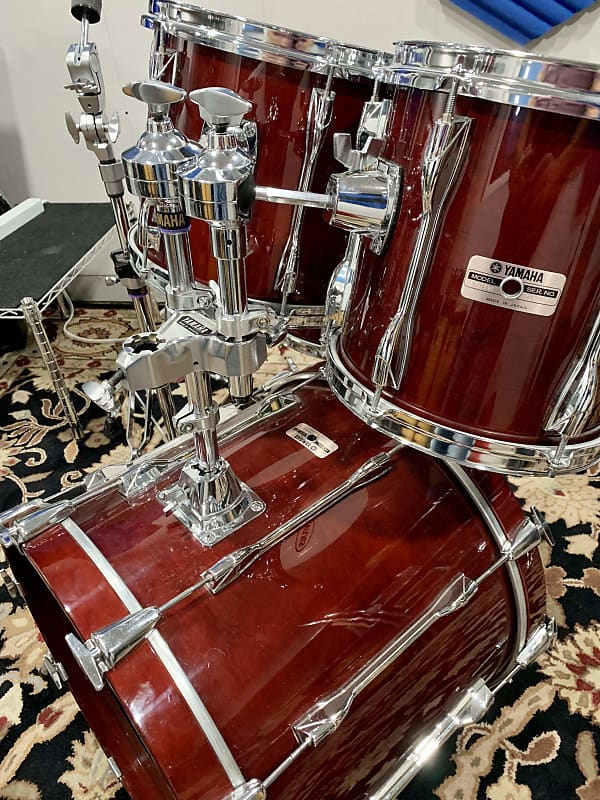

![YAMAHA Recording Custom 4pc Drum Set [RBP6F3RW + RBB2216RW] 【BD22](https://www.ikebe-gakki.com/Contents/ProductSubImages/0/462100_sub04_LL.jpg)




